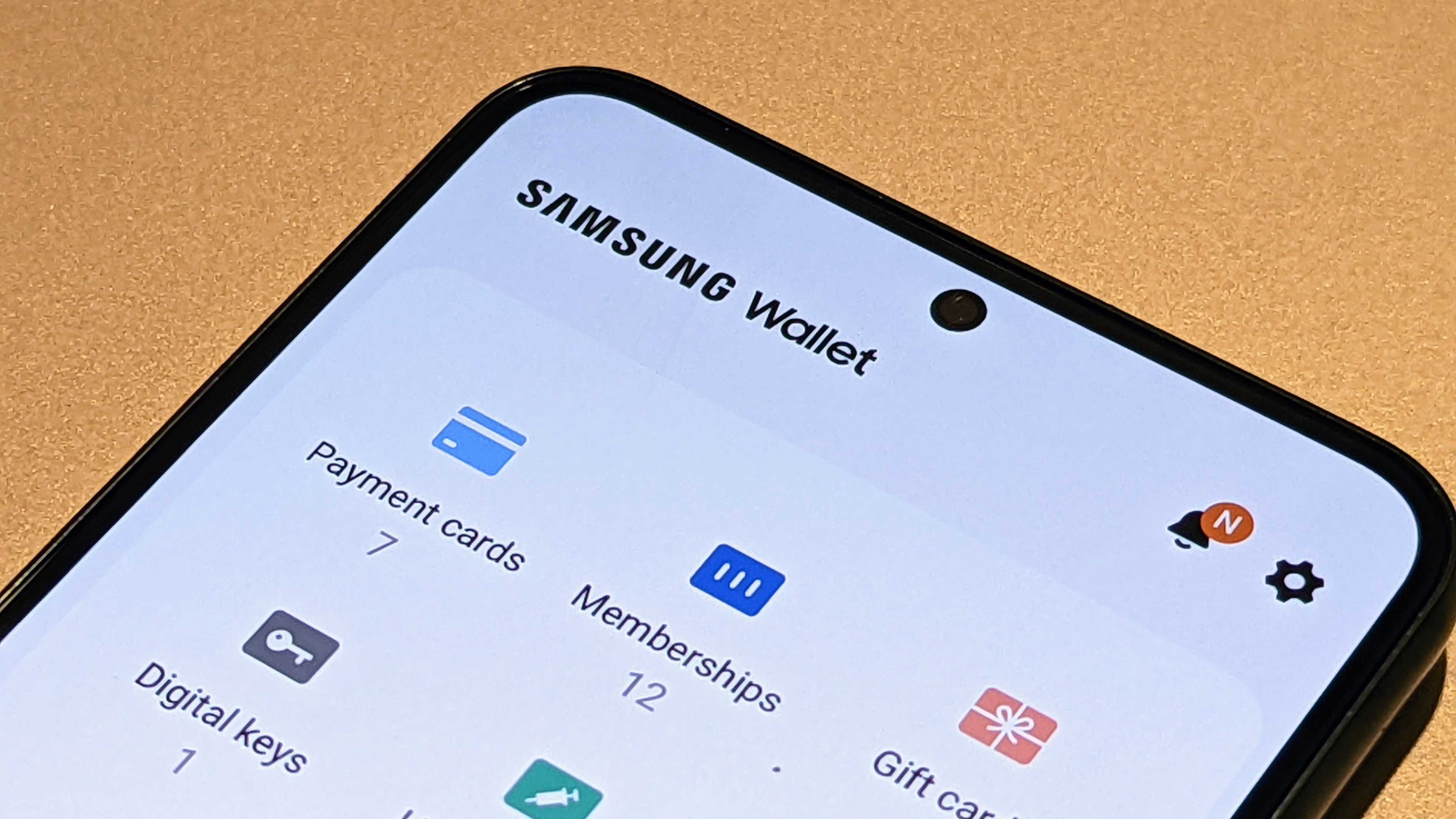Lenovo K6 Power vs. Redmi 3S Prime: Picking the best entry-level phone in India
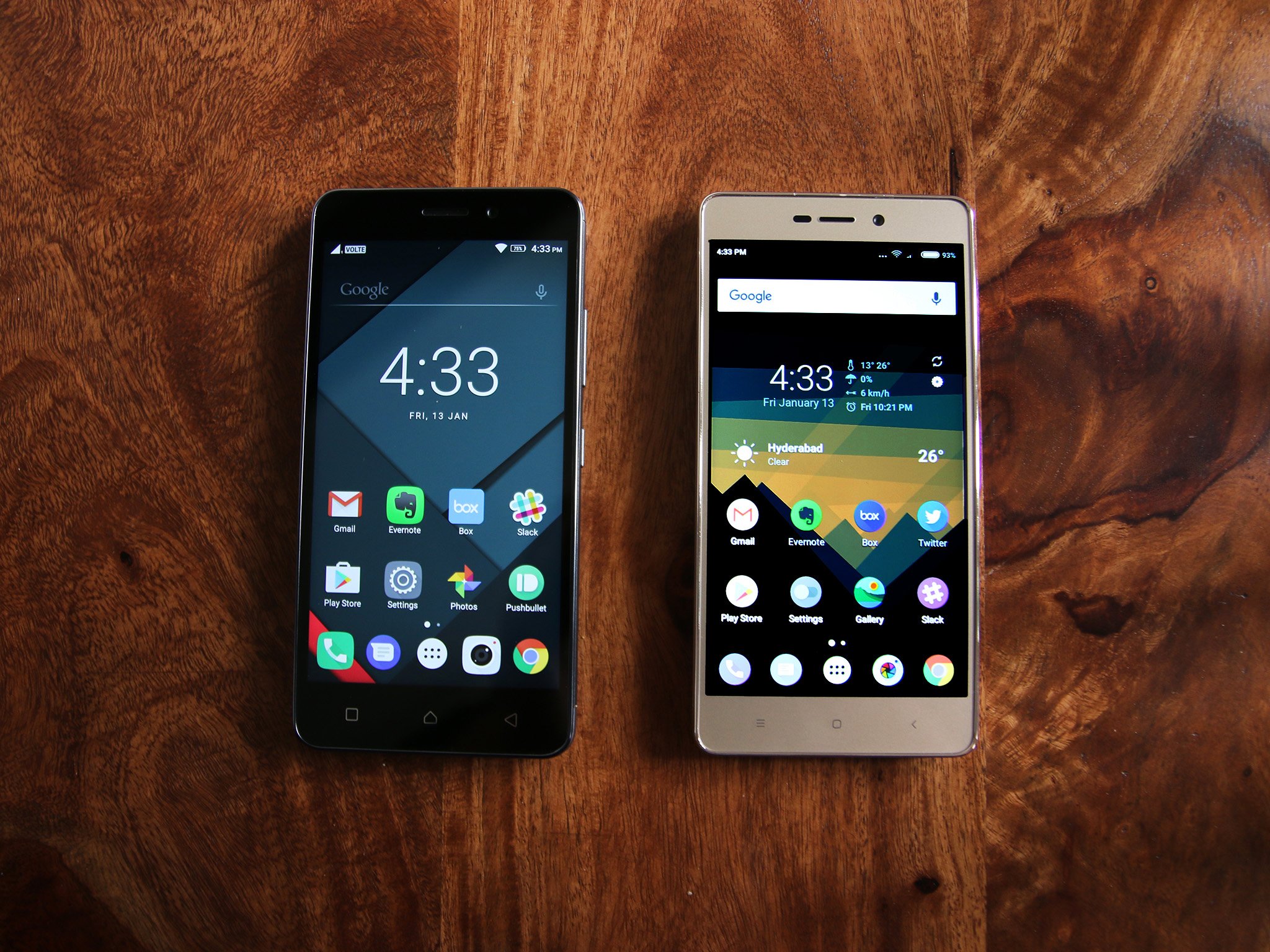
The Lenovo K6 Power and Xiaomi Redmi 3S Prime are two of the most sought-after devices in the entry-level segment right now. Both are sold for under ₹10,000, and offer compelling hardware for the asking price.
Although there are hundreds of phones available in this space, most aren't worth your time as they miss out on basic hardware features or run outdated software. That isn't the case with the K6 Power or the Redmi 3S Prime. If you're in the market for an entry-level handset and are unsure as to which one to get, read on.
Hardware
The K6 Power and Redmi 3S Prime share a lot of similarities — both in terms of the design and the internal hardware. Both phones sport a metallic chassis and feature a fingerprint sensor at the back. They are also powered by the Snapdragon 430 SoC, offer a 5-inch display, 3GB of RAM and 32GB storage.
Both have 13MP rear cameras, and the Redmi 3S Prime has a slender lead when it comes to battery capacity — 4100mAh versus 4000mAh for the K6 Power. However, the K6 Power has a 5.0-inch Full HD panel, whereas the Redmi 3S sports a 5.0-inch 720p display.
There are three subtle differences when it comes to the design: the camera isn't aligned with the fingerprint sensor on the Redmi 3S Prime, and the K6 Power has the charging port at the top. The K6 Power's notification LED is at the top, whereas the Redmi 3S Prime has it at the bottom of the display. Otherwise, you're looking at two near-identical phones. They even come in the same color options: silver, dark grey, and gold.

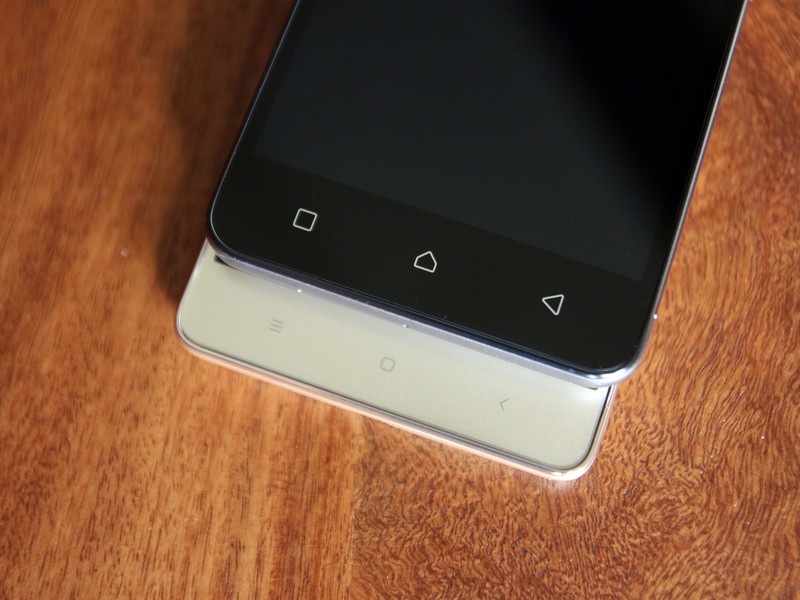
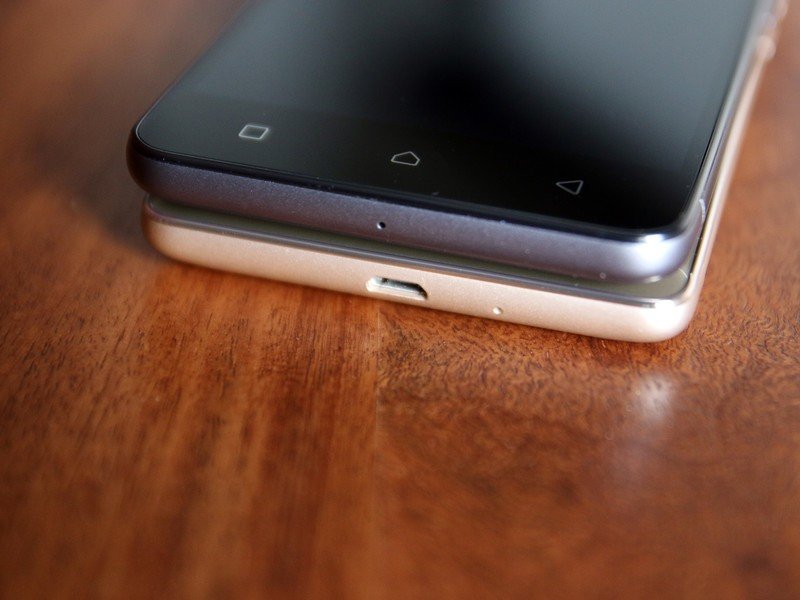
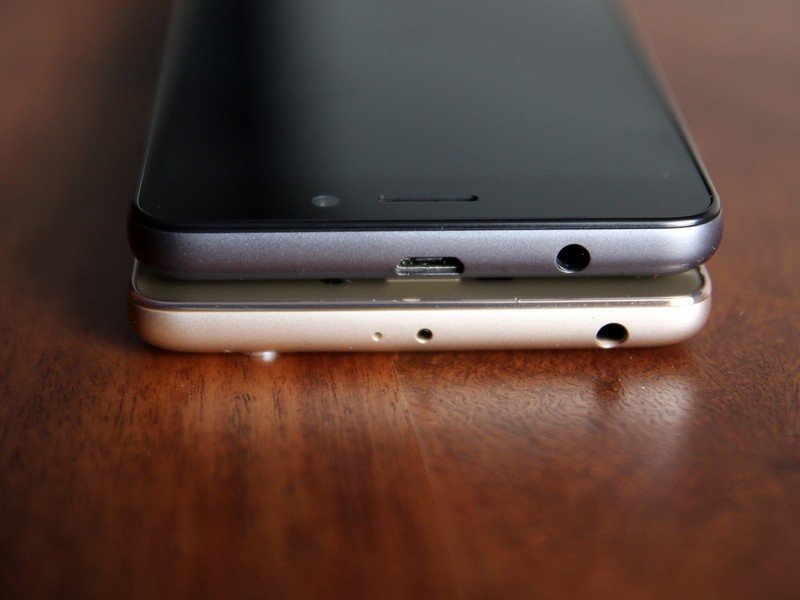
Both phones have capable fingerprint sensors, and the overall fit and finish is remarkable given the price segment they're targeting. You won't have any issues using either phone one-handed thanks to the compact size, but the Redmi 3S edges slightly ahead thanks to its thinner 8.5mm frame over the 9.3mm profile of the K6 Power.
The Redmi 3S Prime has an added feature in the form of an IR blaster. Xiaomi is one of very few vendors that still offers the feature, and when paired to the excellent Mi Remote, it lets you control TVs, home audio systems, air conditioners, and set-top boxes of all major brands sold in the country.
Be an expert in 5 minutes
Get the latest news from Android Central, your trusted companion in the world of Android
| Category | Lenovo K6 Power | Xiaomi Redmi 3S Prime |
|---|---|---|
| Operating System | Vibe Pure UI based on Android 6.0.1 Marshmallow | MIUI 8 based on Android 6.0.1 Marshmallow |
| Display | 5-inch 1080p (1920x1080) IPS LCD panel441ppi pixel density | 5-inch 720p (1280x720) IPS LCD panel294ppi pixel density |
| SoC | Octa-core Qualcomm Snapdragon 430Eight Cortex A53 cores at 1.4GHz28nm | Octa-core Qualcomm Snapdragon 430Eight Cortex A53 cores at 1.4GHz28nm |
| GPU | Adreno 505 | Adreno 505 |
| RAM | 3GB RAM | 3GB RAM |
| Storage | 32GB storagemicroSD slot up to 256GB | 32GB storagemicroSD slot up to 256GB |
| Rear camera | 13MPLED flashPDAF | 13MPLED flashPDAF |
| Front shooter | 8MP1080p video recording | 5MP1080p video recording |
| Connectivity | Wi-Fi 802.11b/g/n, Bluetooth 4.2 (A2DP), GPS,microUSB, 3.5mm audio jack | Wi-Fi 802.11b/g/n, Bluetooth 4.1 (A2DP), GPS,microUSB, 3.5mm audio jack |
| Battery | 4000mAh battery | 4100mAh battery with fast charging |
| Fingerprint | Rear fingerprint sensor | Rear fingerprint sensor |
| Dimensions | 141.9 x 70.3 x 9.3 mm | 139.3 x 69.6 x 8.5 mm |
| Weight | 145g | 144g |
| Colors | Silver, Gold, Dark Grey | Silver, Gold, Dark Grey |
The display on the K6 Power is great, offering saturated colors and excellent viewing angles. There isn't a lot of customizability when it comes to tweaking the color settings, and in that regard, the Redmi 3S Prime wins out. The panel on the Redmi 3S is also quite decent in spite of it sporting a lesser resolution, but you get more options. MIUI lets you alter the color temperature, and there's a built-in blue light filter.
The K6 Power has a denser display, and great stereo speakers.
On the audio side of things, the K6 Power takes the lead thanks to its excellent stereo speakers. Although they're located at the back, they still manage to produce enough sound to fill a small room. The Redmi 3S also has a speaker located at the back, and while it's decent, it doesn't get as loud as the K6 Power. If your main use case involves watching a lot of videos, then the K6 Power is the better device thanks to the stereo speakers and Dolby Atmos tweaks.
When it comes to everyday usage, you're not going to see any difference between two phones seeing as how they run the same internal hardware. Both phones run lag-free, and the 3GB of RAM makes a lot of difference when it comes to multitasking. While they handle tasks like browsing and social media with aplomb, they aren't designed to tackle intensive video games. You can still play most major titles, but you'll see the occasional stutter.
Battery life
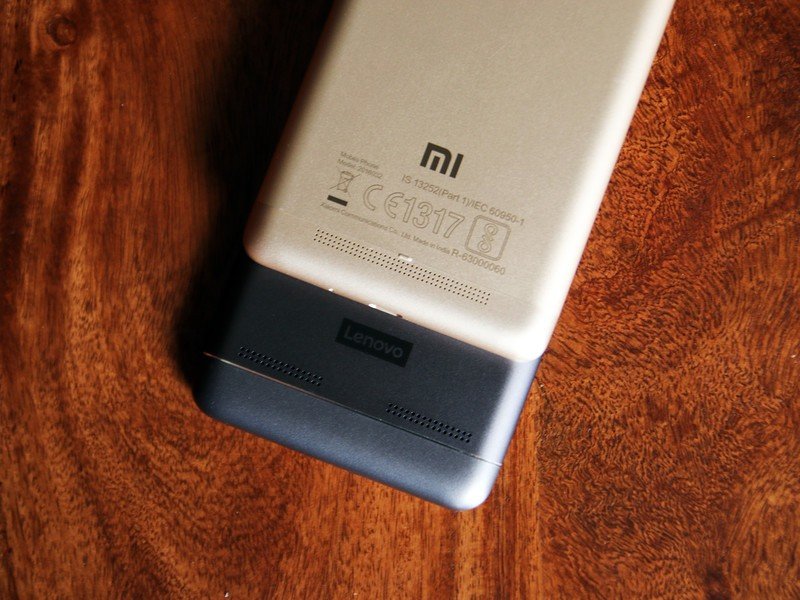
Battery life is increasingly becoming the primary consideration when buying a new phone in India. With a majority of people relying on their phones as the sole gateway to the internet, it isn't hard to see why. That's why manufacturers have also started focusing on improving battery life by adding larger batteries. The same holds true for both the K6 Power and the Redmi 3S Prime. If you want great battery life, these are the phones to consider.
The K6 Power has a 4000mAh battery that ensures the phone lasts a day even if you stream movies and videos all day. With medium usage, the battery life goes up to two days without breaking a sweat. Then there's the Redmi 3S Prime, arguably the best phone to get if all you want is stellar battery life. Thanks to its 4100mAh battery, the phone lasts two days at a minimum. You'll easily be able to eke out seven or eight hours of screen-on-time consistently.
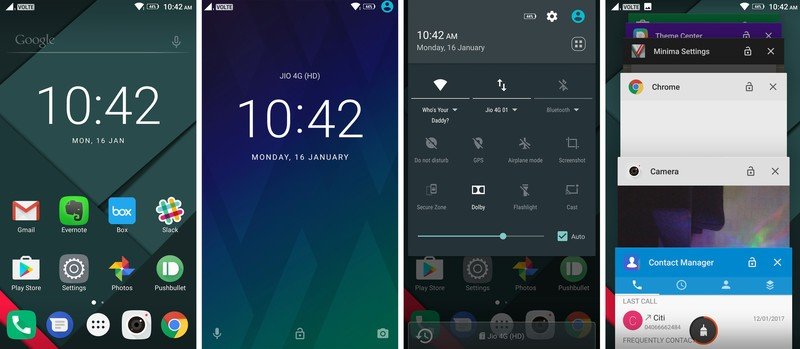
Software
The software is where things get interesting for both phones. While there isn't a lot to differentiate the phones when it comes to the hardware, they offer vastly varying software experiences. Lenovo has tried to cut back on overt customization with its Vibe UI skin, and as a result its interface is cleaner and less cluttered. Meanwhile, the Redmi 3S Prime runs MIUI 8, which is one of the most feature-rich ROMs available today.
Lenovo's Vibe UI is uncluttered, whereas MIUI 8 doubles down on features.
MIUI lets you customize every facet of the interface, but at times it does feel bloated. At least with MIUI 8, Xiaomi fixed several issues with memory management (it isn't as aggressive now), and the overall design has picked up much-needed flair in the form of solid colors interspersed throughout the UI. But there are other issues. There isn't an app drawer — Vibe UI offers it — and you're going to need a manual to navigate the settings. MIUI is catered to power users, and as such it has a learning curve.
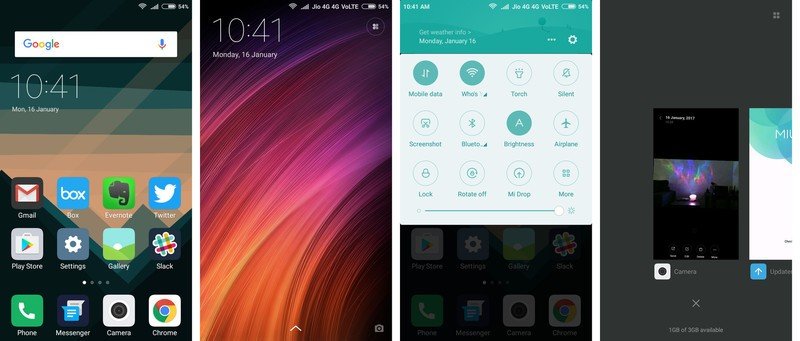
There are a few features that are common on both phones, such as dual apps — through which you can two two instances of the same app — and the ability to lock apps with a password. There are minor changes in the implementation, but the overall functionality is the same.
That said, neither handset is great at receiving software updates. In January 2017, the K6 Power is still on the June security patch, while the Redmi 3S is on the August update. There's no mention of when the Nougat update will be available, but it doesn't look like it will be rolling out soon.
Camera
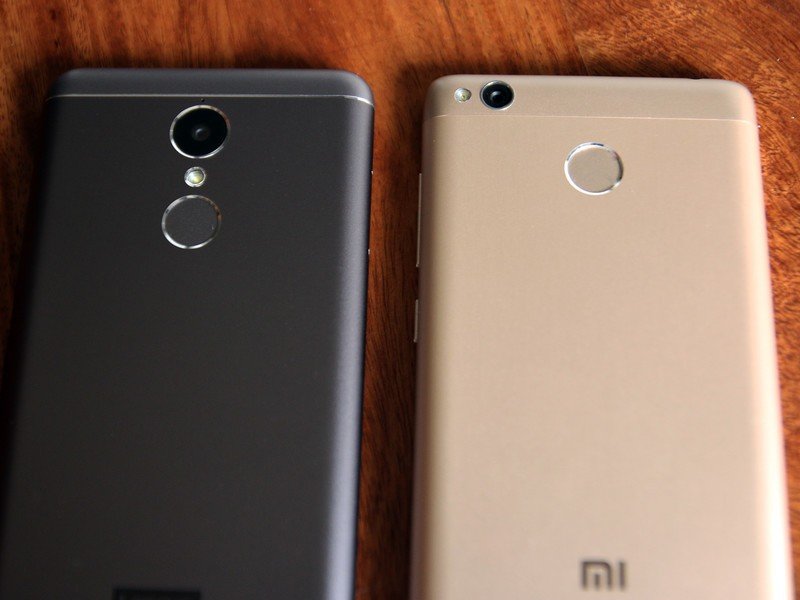
One of the main drawbacks in budget phones available today is camera quality. Essentially, photos taken from either the Redmi 3S or the K6 Power are adequate for sharing on social platforms — which should be more than enough for a majority of the userbase interested in either handset. But to get a decent photo, you'll have to put in some work. Taking great images effortlessly is still limited to the likes of the Pixel and the S7 edge.
The Redmi 3S Prime has the better camera, but only marginally.
Neither handset is great at dialing in on a subject quickly, but the Redmi 3S takes longer. You get the ability to toggle HDR on the Redmi 3S, and doing so leads to better detail in the final photos. However, it takes more effort to shoot in HDR. Images from the Redmi 3S had more true-to-life colors, and there's more detail as well. That said, both phones struggled to take decent shots in low-light conditions.
The K6 Power's camera app is easier to use, and it offers a variety of shooting modes, including a manual mode that lets you tweak the white balance, exposure, and ISO settings. The Redmi 3S also has a feature-rich camera, and the ability to select between various scenes. It also has a Beautify filter, which as the name suggests removes blemishes and generally improves the quality of your portraits.
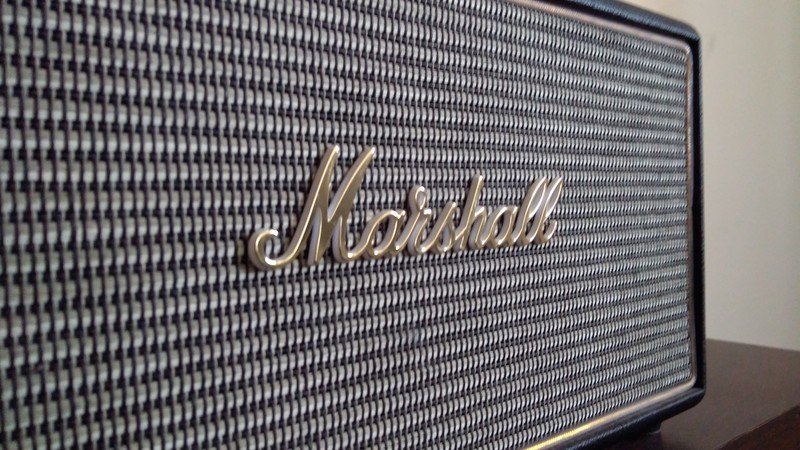
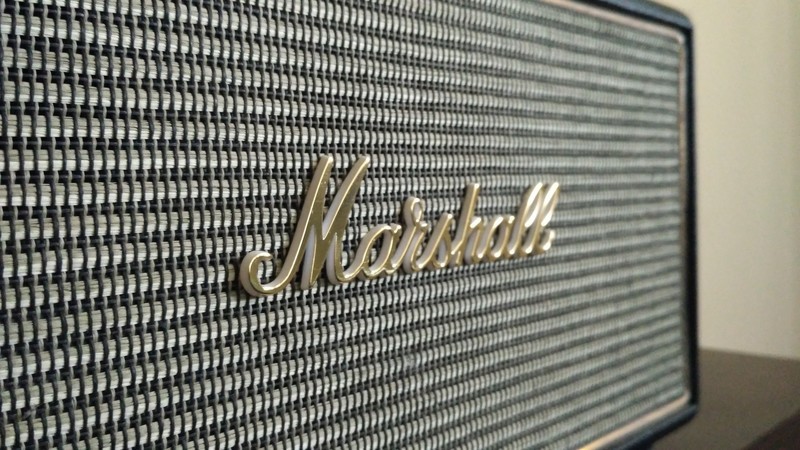
K6 Power on the left, Redmi 3S Prime on the right.
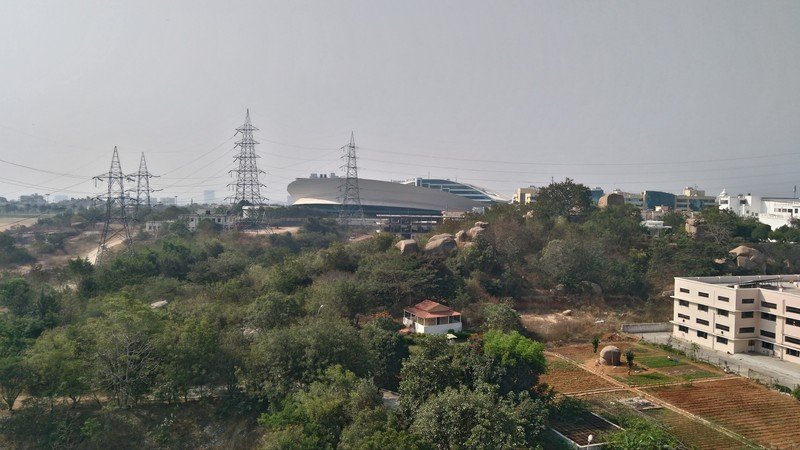
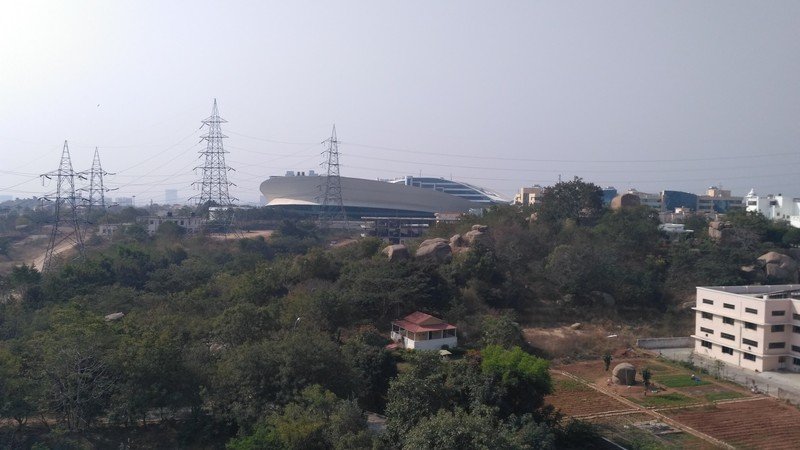


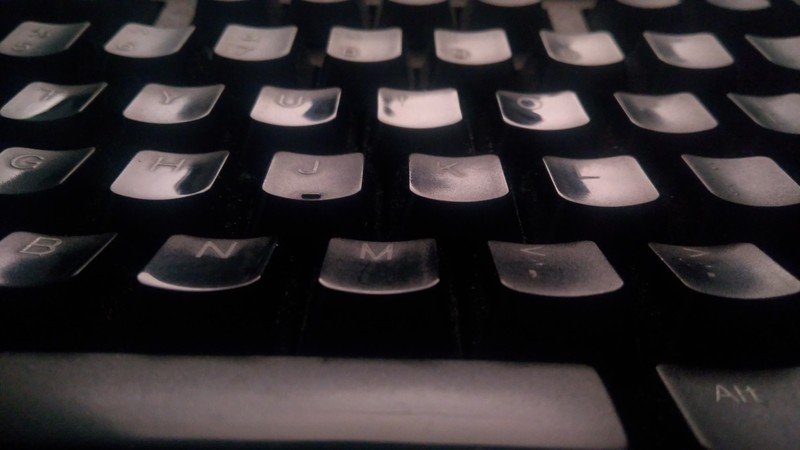
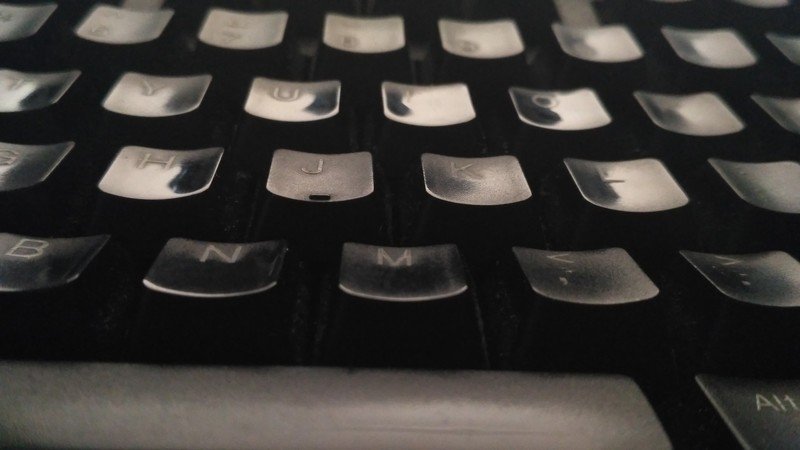
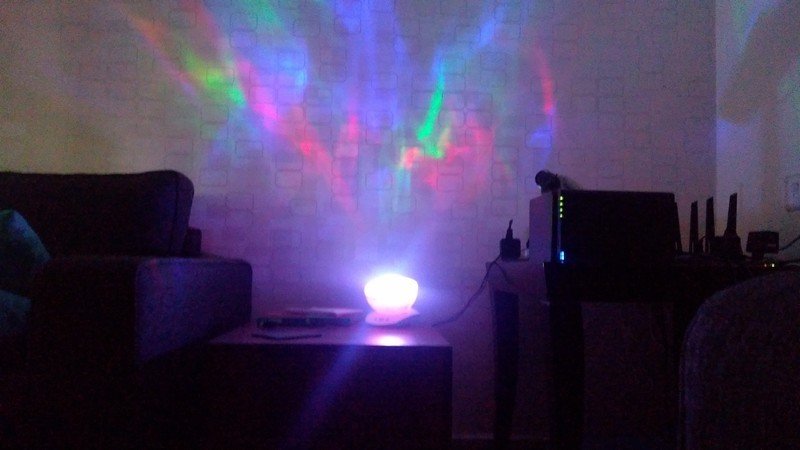
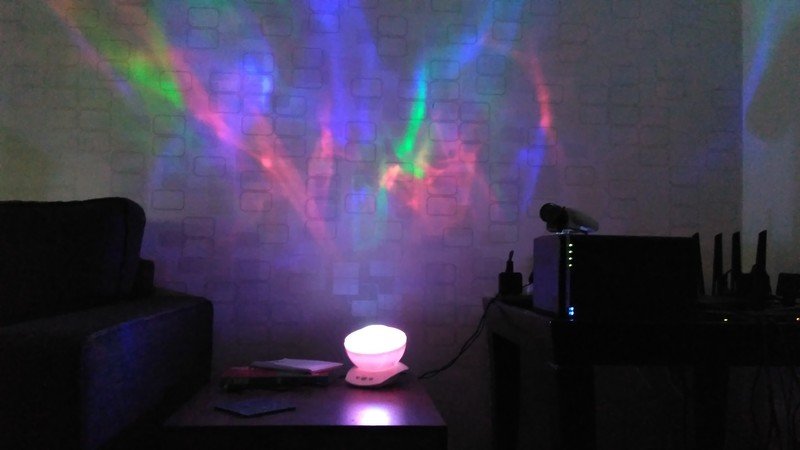
Which should you buy? It's up to you
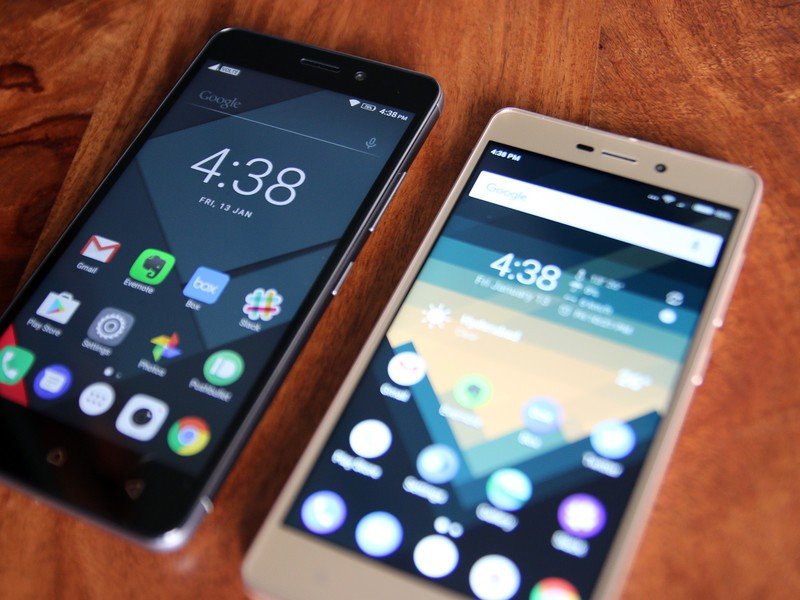
It's incredibly hard to pick a winner between the two handsets. The denser panel on the K6 Power makes for a great multimedia experience — especially when coupled with the stereo speakers. The displays on both phones are great, but if you're primarily looking to consume multimedia, the K6 Power edges the Redmi 3S Prime out.
However, if battery life is your main consideration, then the Redmi 3S Prime is the phone to get. In all the phones I used last year, there wasn't one that came close to the battery life of the Redmi 3S Prime. MIUI's aggressive memory management combined with a huge battery means you'll easily get two days of battery even if you're a heavy user.
Both phones see a huge demand, so you'll have to wait until the next flash sale to buy either one. Irrespective of whatever phone you pick up, you're getting great value for your money.

Harish Jonnalagadda is Android Central's Senior Editor overseeing mobile coverage. In his current role, he leads the site's coverage of Chinese phone brands, networking products, and AV gear. He has been testing phones for over a decade, and has extensive experience in mobile hardware and the global semiconductor industry. Contact him on Twitter at @chunkynerd.
